Part 2: More Takeaways from the Responses to the Supporting Australian Stories Options Paper: What the Screen Industry Said about Kids TV
Jenny Buckland
20 Aug 2020
The “Supporting Australian Stories” review of the screen sector attracted a groundswell of community support for Australian children’s content, some of which I drew on in a previous blog.
No other type of Australian content inspired this level of support or affection, suggesting a general awareness that this content is vulnerable.
In this blog I’d like to highlight what some of the organisations within and around the industry had to say about kids TV.
Support for “significant change”
There was nearly universal agreement that significant change is on the cards, but a wide range of views on what change looks like.
Free TV and the commercial broadcasters have been pushing for change for some time, highlighting the fact that viewers have shifted away from watching scripted drama, documentary and children’s content on commercial television, as a consequence of all the other options and platforms they now have for watching this content. In their submission they argued that commercial television is still playing “a powerful role in presenting Australian stories for Australian audiences” through entertainment programs such as Australia’s Got Talent, LEGO Masters, MasterChef, Australian Ninja Warrior, etc. These programs contain “dramatic content and compelling narratives”, attracting hundreds of thousands of children co-viewing with their parents. Free TV argued that the current quotas are failing, advocating complete de-regulation as their first preference, or a simplified points based system if de-regulation was resisted.
Acknowledging this long held position, Screen Producers Australia argued for a “new paradigm” for children’s content, which involved removing the C and P requirements on commercial free to air television, the role of ACMA in classifying content and the restrictive advertising rules around children’s content, and replacing all of this with:
- Minimum requirements on commercial broadcasters via a reframed Australian youth content (0 – 16 years) requirement, including new scripted Australian youth content;
- New Australian children’s content requirements on streaming platforms that show children’s content;
- A proportion of the ABC’s triennial funding tied to children’s content with the ABC required to deliver minimum levels of pre-school and children’s content;
- Additional funding for SBS/NITV to do multicultural and Indigenous children’s content; and
- A specific children’s content fund.
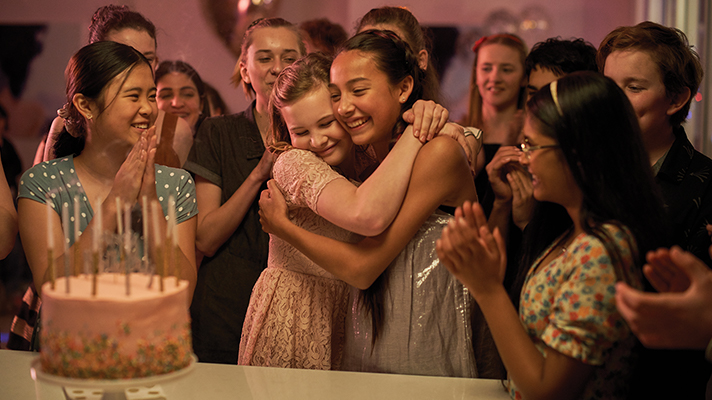
First Day
The unions and guilds took a similar approach. For example, the Media Entertainment & Arts Alliance (MEAA) submitted that
“the responsibility for children’s television production should be shared across all providers: linear and digital, commercial and public, with streaming services either mandated to produce children’s content or to devote a portion of their revenues (based on a new levy) to children’s television production”.
The MEAA proposed that the ABC should become the major commissioner and broadcaster of children’s television content, subject to receiving additional funding. The MEAA recommended that commercial television C and P quotas be reduced in proportion to the ABC’s increased production levels, and that the Producer Offset be set at 40% for the production of Australian live action children’s drama.
The proposition for specific funding being allocated for children’s content at both the ABC and SBS was supported by a submission from multiple children’s content producers (the Australian Children’s Television Producers Group) and this group also recommended the replacement of the current P, C and G categories on commercial television with a more flexible children’s category which would be applied on all commercial services on a “platform neutral basis”.
ArenaMedia argued that all commercial content providers should meet obligations to support and screen Australian children’s content, specifically new scripted content in its first release, with equivalent obligations to be met by SVOD and emerging screen platforms. ArenaMedia also recommended increased direct funding to both the ABC and ACTF, “who have shown great leadership in this regard, creating work for children at the highest level and developing new and innovative paths to their audience”; as well as increased funding to SBS “to expand their limited options for children and reflect the diversity of these stories in the same way that SBS adult drama has done in such an exemplary manner”.
The Australian Council on Children and Media (ACCM), representing the interests of children and families, pointed out that it had been supporting the continuing existence and value of the quotas for the past 40 years, through numerous submissions and reviews. In particular, it noted the value of the Australian Children’s Drama quota and the ongoing success of many children’s dramas produced under this system. The ACCM has until recently been of the opinion that the quotas were the best way to try to ensure free-to air commercial networks in Australia met their obligations (as a protected service) to serve the rights of children to have easy access to a diverse range of quality programs of relevance to them. In view of the increasing range of services available to children, the ACCM is now supporting an expenditure obligation on all commercial content providers to contribute to a fund for children’s content, noting that assistance from the fund should be extended to the ABC and SBS, along with obligations for them to screen high levels of new Australian children’s content across a range of ages and program types, which they would report to the ACMA.
ACCM pointed out that:
“For children to be able to access age-appropriate programs to serve their diverse interests, there needs to be a diverse range of outlets from which they can choose. Moreover, it must be recognised that “children’s programs” are not just one program category, but cover drama, documentary, mystery, adventure, comedy and arts, and children at different ages and stages of development require different kinds of content. Therefore there should be a range of content available at any given time.”
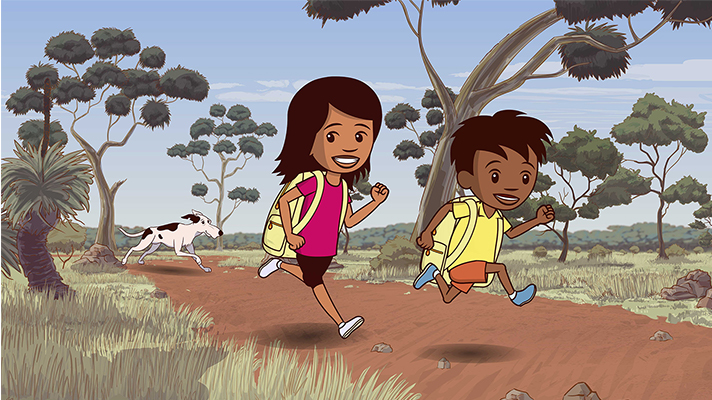
Little J and Big Cuz
Responses of the Public Broadcasters
With virtually all submitters interested in children’s television suggesting that ABC and SBS should be supported and required to increase their children’s television output, it was interesting to read the responses of the public broadcasters themselves.
SBS noted that the ABC already broadcasts a wealth of general children’s content but, embraced the concept of complementing that offering with additional levels of Aboriginal and Torres Strait Islander children’s content through NITV. NITV’s children’s content aims to encourage critical thinking, a strong sense of identity and awareness building, helping to achieve wider policy objectives such as Closing the Gap. SBS welcomed the opportunity to engage further with Government on the additional funding required and what could be achieved.
The ABC, which was widely acknowledged as the leading platform for Australian children’s content, supported a transition from an “hours based” system for commercial broadcasters to an “expenditure based system” which also applied to other commercial platforms such as SVODS. It did not, however, support explicit obligations for the ABC. The ABC said it was committed to investing $18 million in children’s content for each of the next two years, but that this level of support for children’s content was not sustainable in the years beyond that, without additional funding. The ABC said that it did not support the introduction of a new Australian children’s content fund, on the basis that Screen Australian and the ACTF already support children’s content, and another fund would add increased complexity. On the other hand, the ABC argued that a portion of any such fund should be allocated to it, to enable it to grow its children’s television output.
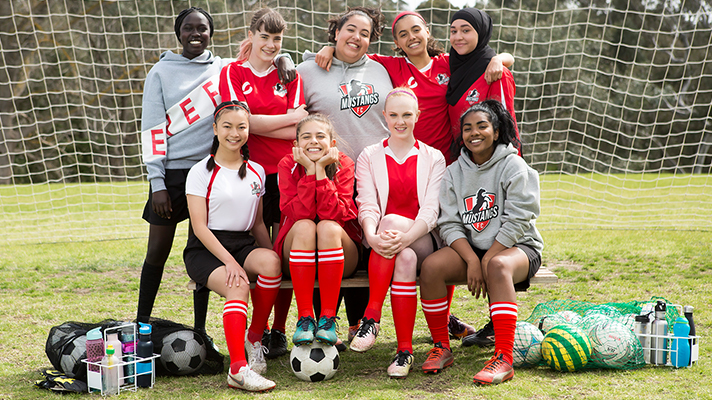
Mustangs FC
A special fund for children’s television?
Just what a children’s television production fund would look like, and whether such a fund should be supported, elicited a range of contrary responses.
This may well be because the Options Paper raised the concept of the Fund in the context of an expenditure requirement on commercial platforms, suggesting that in lieu of transmitting children’s content themselves, those content providers who did not wish to do that could contribute to a production fund.
Many submitters did not support a Fund set up on this basis, because the preference was for commercial platforms to actually engage with producers and provide Australian content for the audience. The SPA submission said:
“It is far more efficient for regulated entities to be required to make the commissioning decisions in relation to their regulated investment requirements. This allows for the commissioning platform to bring into the decision-making their knowledge and expertise in terms of which content is likely to appeal to audiences and find success in the market. This also allows the platforms to work directly with content producers to shape the content to their needs, while building creative relationships that encourage future opportunities”.
The commercial platforms themselves were not in favour of contributing to a Fund, as this would take resources away from commissioning the content they do want to show. Contributions to a fund would definitely be viewed by commercial content providers as a “tax”.
In contrast, there was strong support for a production fund of this type from academics. For example, the paper by Amanda Lotz, Anna Potter and Kevin Sanson argued that there are multiple playing fields and that levelling them with a “platform neutral” regulatory model is not possible. Therefore, all commercial platforms should contribute to a contestable fund for drama, documentary and children’s content. In their view, an agency completely independent from the production sector should administer these funds solely on “cultural value criteria.” It’s not clear from their submission, however, how that content would find an audience.
Another academic, Craig Rossiter, suggested that any funds raised by a levy on commercial platforms could be disbursed between different screen agencies (including the States and Territories) on a competitive basis and in a way that encourages “many doors”.
In the United Kingdom a “Young Audiences Content Fund” has been established by the Department of Digital, Culture, Media and Sport on a 3 year pilot basis to incentivise the commissioning of British children’s content on commercial platforms.
The Australian children’s producers group suggested that if a Fund for children’s content were created in Australia it should be administered by an independent committee.
Other submitters pointed out that Screen Australia and ACTF already provide funding for children’s projects, or focussed on the proposal that the Producer Offset be increased specifically for children’s scripted content.
Children’s television is just one aspect of the Supporting Australian Stories on Screen Review, and a new policy framework for children’s screen content will need to sit within the broader framework supporting the entire screen sector. The challenge for Government is to come up with a framework that meets the needs of audiences, supports vulnerable genres and sets the production sector up with the right leverage to take advantage of new opportunities.
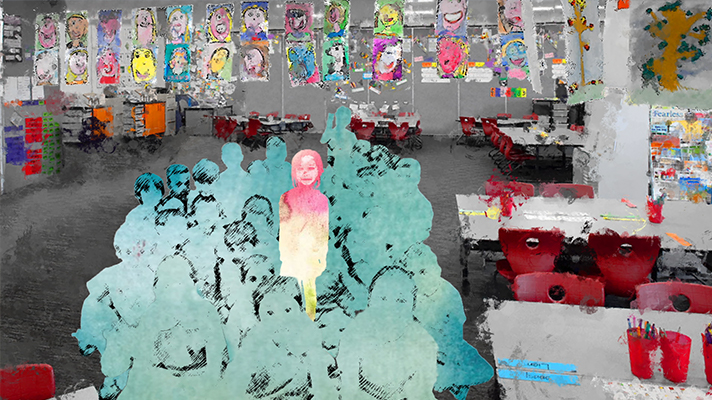
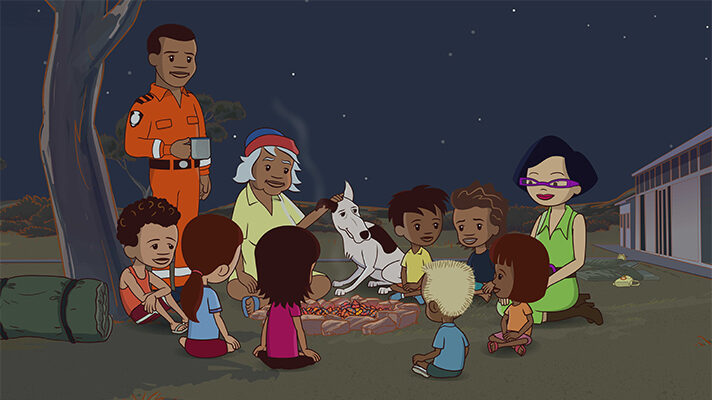

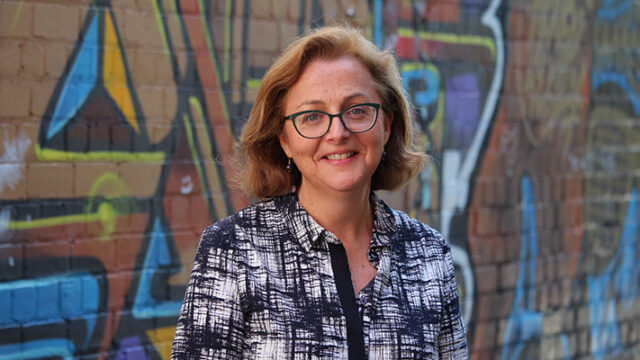

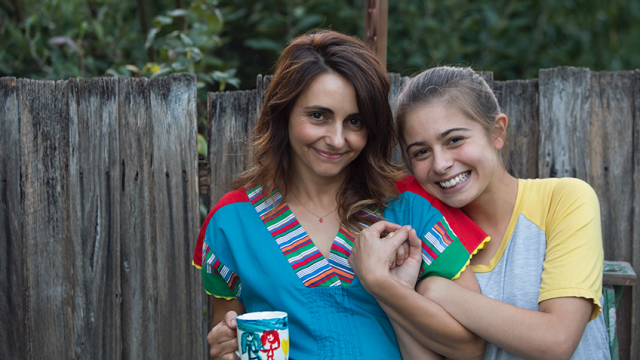
Comments
Comments for this post are open.